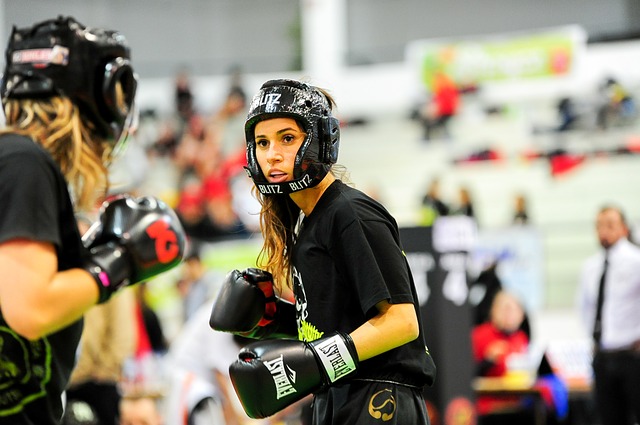To say that the rear round kick is synonymous with Muay Thai is pretty accurate. It is one of Muay Thai’s most basic techniques, yet it’s also one of its most complex. The reason being is that this simple-looking kick requires a mix of balance, coordination and most importantly of all, flexibility, to land properly.Many learn this Muay Thai technique early on, some on their first day of training, but it takes them years to master it. In fact, they say that the best way to tell the difference between a novice and an experience fighter is to look at how well they land their kicks.
The Basic Concepts of the Round Kick
As simple as the kick may look like, it requires the understanding of its most basic concepts and these are:
- Muscle and Elasticity. The key to a powerful round kick is muscle elasticity. Many novices forget that the round kick makes use of a whipping motion. Thus, one’s legs should be as loose as possible when kicking for the most powerful landing possible.
If you’re tense, your legs will lose speed even before impact and this lessens the kick’s power. Even worse is that over-tension causes fighters to lose stamina much faster than necessary when training or fighting.
- Balance and Posture. To have good balance, you’ll have to remember to always maintain an upright posture throughout the kick. Those who don’t do so are easily thrown off-balance from the rotational force of the kick. This is bad even when your kick lands perfectly as it’ll open you up for a counter-strike.
- Weight Transfer. It’s impossible to change our body’s weight, but we can transfer the amount of weight we put in our kicks through a slight forward lean. This is exactly the same thing that boxers do when they move their body weight towards their target for heavier punches.
- Timing. The rear round kick may be powerful, but it’s not impossible to defend against. Experienced fighters know the visual cues that make a rear round kick optimal, such as when an opponent side steps to the left, or when an opponent is heavy on his lead left leg. These are times when the rear round kick is likely to connect with as much force as possible.
- Follow Through – Don’t make the mistake of stopping your leg in mid air. Spin through the kick at all times. Do this as often as you can during sparring sessions and when shadow boxing. The reason for this is that the better the rotation, the harder the kick will be. Plus, even if it does get blocked, it’s much easier to recover if you followed through instead of stopping it mid air.
By understanding these basic concepts and learning more about the rear round kick, you’ll be able to add it to your arsenal of weapons and hopefully, use it for maximum efficiency during your matches.

